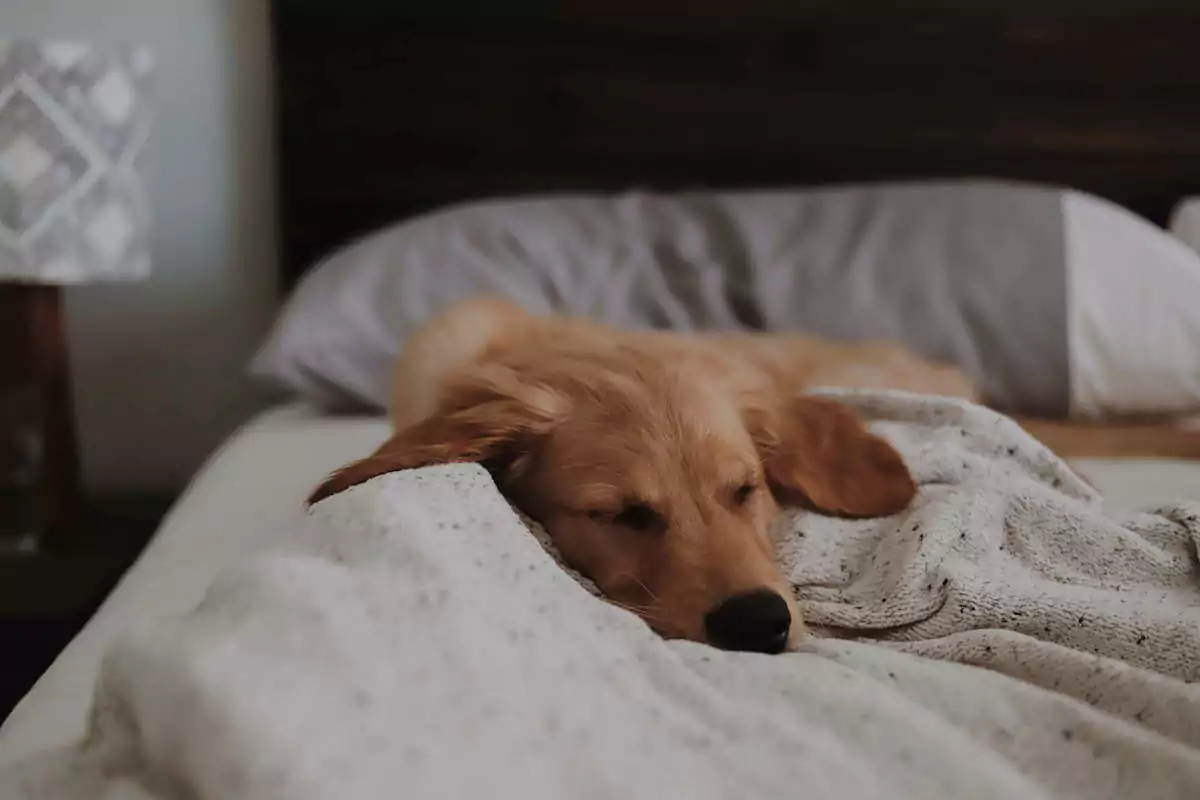One of the most arduous tasks that dog owners like you face is how to train their dogs to stay home alone.
This can be especially difficult if you have a puppy because he’s more likely to be heavily dependent on you, as opposed to having an older dog.
Another thing that can make this task a little more challenging is if you own a dog with separation anxiety. Separation anxiety is a disorder that can be prevalent in any dog. However, some species are more susceptible than others.
If your dog has this disorder, this means that he exhibits extreme stress whenever you leave him alone. Handling all of this can sound a bit overwhelming at first.
So, to ease your worry, we have come up with a detailed guide that includes a step-by-step list on how to train your dog to stay home alone while helping your dog combat separation anxiety.
Importance of Teaching Your Dog to Stay Home Alone
It’s important to teach your dog that it’s OK to be home alone. If you don’t take the time to properly train him, he can develop separation anxiety on his own.
When you prepare your dog to stay home alone, he’ll be able to remain calm and confident when you have to leave the house without them.
Still, many people believe that leaving their dogs in a crate and leaving them alone will be sufficient. However, this is counterproductive, as this not only can harm your dog’s mental health but also his physical health.
This is harmful if you plan to be gone for more than 8 hours, as dogs are not supposed to be in their crate any longer than that.
You might also be interested in: 5 Reasons why your dog is lethargic and not himself
How Long Will the Training Take?
The length of training varies depending on the age of your dog. For older dogs, it may only take a couple of weeks to get them fully accustomed to staying home alone.
However, when it comes to puppies, this can take up to a month as puppies will need you a lot more. Though if your dog has anxiety, this may take a lot longer.
Teaching Your Dog to Stay Home Alone
Now that we have addressed some background information, we can discuss some effective ways that you can use to train your dog to stay home alone.
Routinely Leaving
This is one of the most common methods dog owners use to train their dogs. It starts by leaving your dog for small periods at a time, then slowly increasing the periods you are away.
Do not give in to their whining, instead stay away for the full amount of time and reward them when you get back.
Prepare a Comfortable Environment
One way to ensure that your dog is comfortable and relaxed when you leave is to prepare an enjoyable environment that will help them feel more at ease.
This method works a lot better with puppies as opposed to older dogs. Some things that you can surround them with include:
- A large variety of different toys for them to play and distract themselves with
- A cozy bed that will make them feel more at home
- Food puzzles are also a great idea as they will keep your dog completely engrossed while you are away
Giving Immediate Attention
This method has some similarities to the first one, but it still has noticeable distinctions. You will be leaving your dog in short intervals at a time, and when you get back you will have to be especially attentive and shower them with treats.
This method also requires that you and your dog sleep in separate rooms until your dog is fully accustomed to being without you.
Best Dogs for Staying Home Alone
There are some dog breeds that are accustomed to being on their own. Thus, if you have a busy lifestyle, then an investment in one of these dogs might be in your best interest.
- Basset Hound
- Pugs
- Bull Terrier
- Akita Inu
- Chow Chow
- French Bulldog
- Shar Pei
- Chihuahua
Final Thoughts
The direct focus of this article was not just to educate you about how to train your dog to stay home alone but also about certain conditions that can make it more difficult to get your dog accustomed to being alone.
It’s important that you’re patient with your dog, as dogs are naturally social animals and are not used to being isolated for a long period.
If you have any additional remedies or practices that you use to help train your dog, please let us know in the comments.
